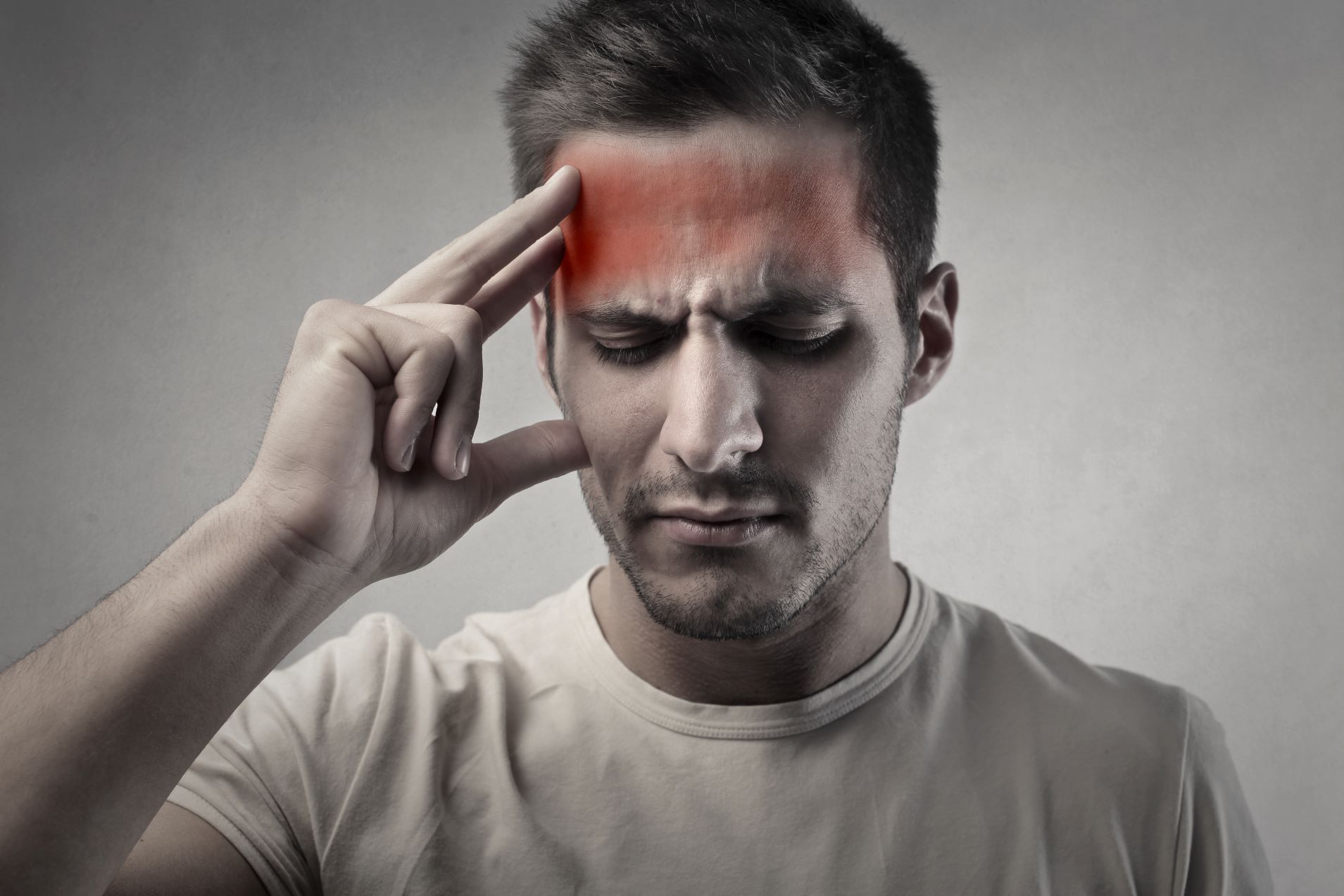
Headache
A headache is a pain or discomfort in the head, scalp, or neck. Headaches can be primary or secondary. If it is secondary, it is caused by another condition. Avoiding headache triggers is the best prevention. It is one of the most common symptoms experienced by people and can range from a mild, temporary annoyance to a severe, throbbing pain that significantly impacts daily life. Headaches can be classified into various types based on their causes, symptoms, and characteristics. Headaches are severe, persistent, or accompanied by other concerning symptoms. A healthcare professional can help diagnose the type of headache and develop an appropriate treatment plan tailored to the individual's needs. evere headaches that occur in clusters, usually on one side of the head. They are often accompanied by red or teary eyes and nasal congestion.
- Tension Headaches : The most common type, often characterized by a dull, squeezing pain on both sides of the head.
- Migraines : Intense, pulsating headaches often accompanied by nausea, vomiting, and sensitivity to light and sound.
- Cluster Headaches : Severe headaches that occur in clusters, usually on one side of the head. They are often accompanied by red or teary eyes and nasal congestion.
- Tension and Stress : Emotional stress, tension, or anxiety can contribute to tension headaches.
- Migraine Triggers: Migraines can be triggered by various factors, including hormonal changes, certain foods, lack of sleep, or environmental stimuli.
- Environmental Factors : Exposure to loud noise, bright lights, or strong smells can trigger headaches in some individuals.
- Lifestyle Modifications : Identifying and managing triggers, maintaining a regular sleep schedule, staying hydrated, and practicing stress-reduction techniques can help prevent headaches.
- Biofeedback and Relaxation Techniques : Learning techniques to manage stress and tension, such as biofeedback, relaxation, and mindfulness, may be beneficial.
